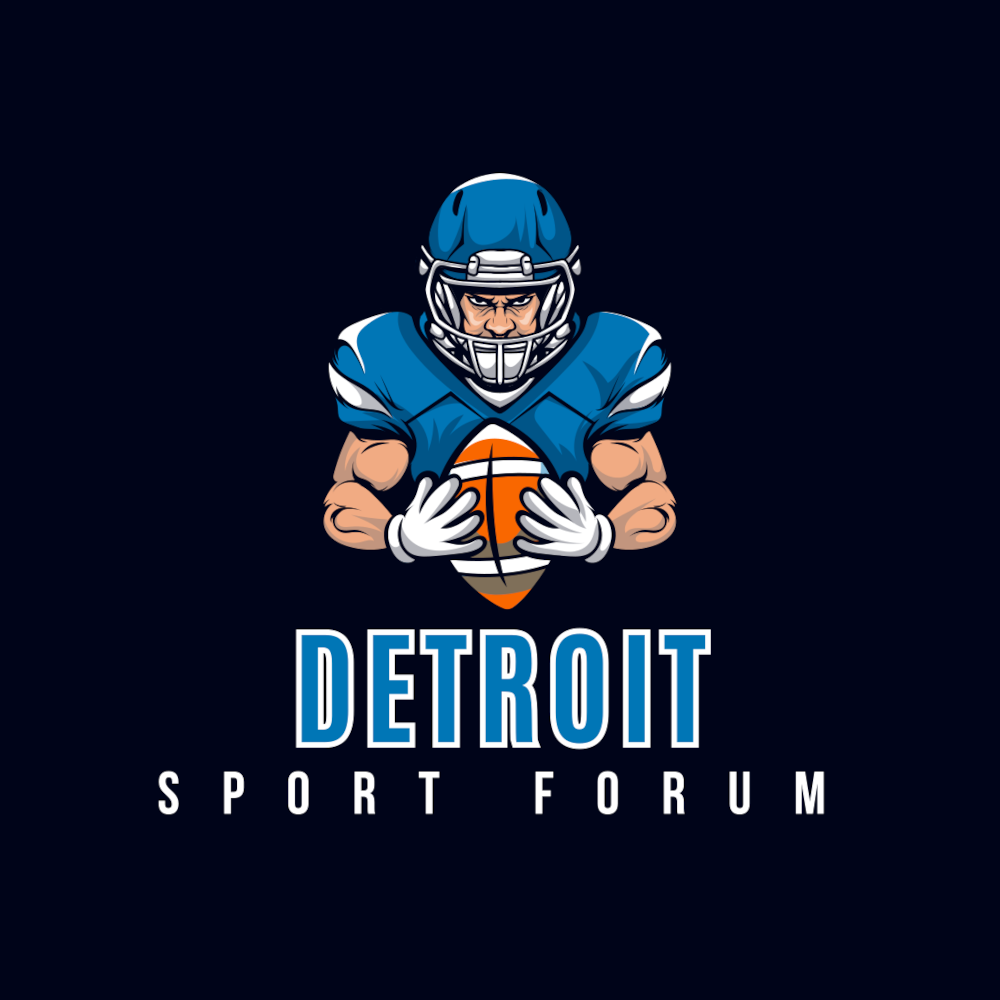December 21 in Tigers and mlb history:
1911: Future Hall of Fame catcher Josh Gibson is born in Buena Vista, Georgia. Although record-keeping in the Negro Leagues is somewhat nebulous, Gibson will become the leading home run hitter in all of black baseball. His legendary power will earn him the nickname, "The Black Babe Ruth." Gibson wil begin his pro career at age 18 with the Homestead Grays before becoming a star with the Pittsburgh Crawfords.
1944: Official National League statistics published today show Brooklyn's Dixie Walker at the top of the hitters with a .357 batting average, ahead of Stan Musial at .347. In an even closer vote than occurred in the American League, the National League Most Valuable Player Award goes to fielding wizard shortstop Marty Marion of the Cardinals, who tallies one more vote than Cubs slugger Bill Nicholson (189). The Cardinals committed only 112 errors and fielded .982, both better than previous records held by the 1940 Cincinnati Reds. Marion is the third different Cardinals player in three years to win MVP honors.
1960: Chicago Cubs owner Philip K. Wrigley announces the club will not have a manager for the next season, but will instead use a college of coaches, who will take turns managing the ballclub. The original eight coaches include Charlie Grimm, Ripper Collins and Rube Walker. Before the season is over, Vedie Himsl, Harry Craft, El Tappe and Lou Klein will have taken turns leading the team. The results will be disastrous for the Cubs, who will finish the season 35 games out of first place, but the experiment will be repeated in 1962 before being shelved for good.
1982: All-Star first baseman Steve Garvey signs a free agent five-year contract with the San Diego Padres. Garvey leaves the Los Angeles Dodgers after 14 seasons.
1995: Alan Trammell of the Detroit Tigers granted free agency.
1997: Bob Hamelin of the Detroit Tigers granted free agency.
1998: Comerica Bank buys the naming rights for the Tigers' new ballpark.
Owner Mike Illitch initially favored the name "Tigers Park." Comerica provided 66 million reasons to reconsider.
https://pbs.twimg.com/media/DupXK_VWoAgiCCb.jpg
1999: The Dodgers are fined $50,000 and banned from scouting any Dominican Republic players for one year as a penalty for having signed third baseman Adrian Beltre as a 15-year-old. Beltre is not given his free agency, according to Commissioner Bud Selig, because he participated in the scheme, and because the claim for free agency was made too late. The players association is expected to file a grievance in the matter, but the ruling will stand.
2001: The Detroit Tigers signed Jacob Cruz as a free agent.
2002: Robert Fick of the Detroit Tigers granted free agency.
2002: Julio Santana of the Detroit Tigers granted free agency.
2003: Ben Petrick of the Detroit Tigers granted free agency.
2003: Andy Van Hekken of the Detroit Tigers granted free agency.
2004: Eric Munson of the Detroit Tigers granted free agency.
2009: The San Diego Padres purchased Dusty Ryan from the Detroit Tigers.
2015: The Pittsburgh Pirates purchased Kyle Lobstein from the Detroit Tigers.
2018: The Associated Press reports that the average salary in the major leagues went down last season, for the first time since 2004, albeit by a very small amount, according to data provided by the Players Association. The typical player took home $4.095 million, down from $4.097 million the year before. The other times salaries had failed to rise were during collusion in the mid-1980s and after the devastating 1994 strike. In 2018, teams had been notably reticent to offer salaries to free agents, with a huge number being still unsigned when spring training opened and many forced to accept salaries below their previous market value.
Tigers players and coaches birthdays:
https://www.baseball-reference.com/players/m/maddoel01.shtml?redir
Elliot Maddox 1970.
https://www.baseball-reference.com/bullpen/Andy_Van_Slyke
Andy Van Slyke coach 2006-2009.
Tigers players and announcers who passed away:
https://www.baseball-reference.com/players/w/warnejo01.shtml
Jack Warner 1905-1906.
https://www.baseball-reference.com/bullpen/Dick_Enberg
Dick Enberg Announcer extraordinaire from Michigan 1935-2017.
from Baseball Reference



